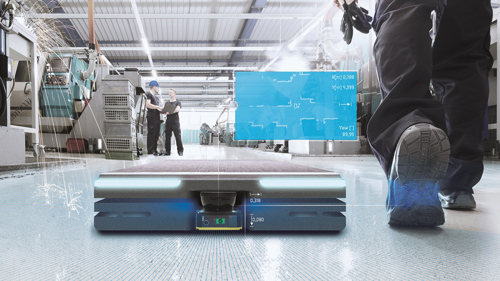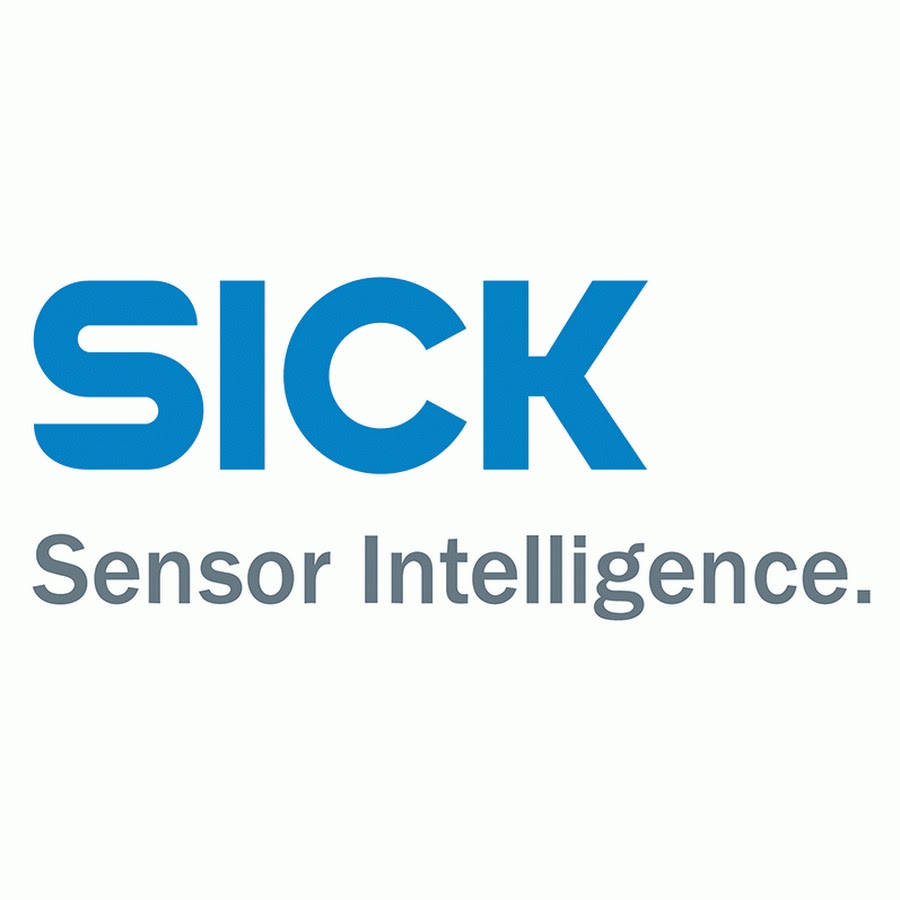SICK has enabled its smallest safety laser scanner, the nanoScan3, with its Safe EFI-Pro standard industrial Ethernet-based safe networking capability. Using the SICK nanoScan3 EFI-Pro, machine builders can more easily design responsive and productive autonomous vehicles and stationary robots through safe integration over industrial networks.
The ultra-compact SICK nanoScan3 is only eight centimetres tall, so it fits into the tightestspaces, ideal, for example, for small lightweight automated guide vehicles (AGV) or automated mobile robots (AMR). With SICK’s robust and reliable safeHDDM® (High-Definition Distance Measurement) scanning and evaluation technology, the nanoScan3 is capable of multiple dynamically-adapting protective fields to protect personnel safety, as well as providing data simultaneously for navigation and contour detection.
The SICK nanoScan3 can also be used for hazardous point, area and access protection in stationary robot applications, as well as for retrofitting into contour- or tape-guided mobile vehicles. It is a Type 3 device (IEC 61496-3) and can be used in safety functions up to SIL2 (IEC 62061) and PLd (ISO 13849).
SICK EFI-pro is an EtherNet-based network for general and safety-related data communications that enables exchange of data such as control signals, safety-related shut-off signals and diagnostics. Teamed with the EFI-Pro gateway of SICK’s Flexi Soft safety controller, the system facilitates simple and safe system integration via EtherNet/IPTM CIP SafetyTM for SICK safety laser scanners such as the nanoScan3, as well as for third party CIP-SafetyTM devices like robot controllers from leading manufacturers, remote I/O modules and safety PLC’s.

Responsive and Productive
Dr Martin Kidman, SICK’s Product Manager for Safety Solutions, explains: “By using the SICK nanoScan3 EFI-Pro for simultaneous protective monitoring of multiple fields there is much less need for switching between monitoring cases, so a robot can be more responsive and efficient. Dynamic protective fields can be shorter, enabling the vehicle to be more efficient without compromising personnel safety.
“The intelligent and precise sensing capabilities of the nanoScan3 enable robust safety protection whatever the industrial environment, as well outputting highly-accuratemeasurement data. Machine builders need to design systems that manage high-capacity data transmission with time synchronisation of multiple devices. SICK Safe EFI-Pro is based on CIP Safety™ to ensure industry-standard communication over safety networks.”
Quick and Simple Commissioning
SICK’s free software tool Safety Designer has an intuitive ‘drag and drop’ user interface forrapid set-up and commissioning with system-wide access to all networked components. More than 100 scanner events can be stored and accessed for diagnostics, e.g. of machine downtime. On-sensor LEDs and clear text displays also provide instant operational status viewing from nearly any direction.
With the SICK nanoScan3, cabling time and costs are also reduced thanks to the standardplug connector and EtherNet (CIP) technology. Measuring just 101 x 101 x 80 mm, the SICK nanoScan3 has a protective field range of three metres and a scanning angle of 275°. Eight fields can be programmed in the Core version and 128 can be configured in the Pro version with 128 monitoring cases and up to 8 simultaneous protection fields.
The SICK nanoScan3 is powered by SICK’s robust safeHDDMTM scanning technology which enables precise data to be output reliably even in challenging industrial environments e.g. where there are e.g. bright lights, sparks, dust and dirt.












Deep Heat: The new technologies taking geothermal energy to the next level
No. Not in the UK. The one location in the UK, with the prospect of delivering heat at around 150°C and a thermal-to-electrical efficiency of 10-12%,...